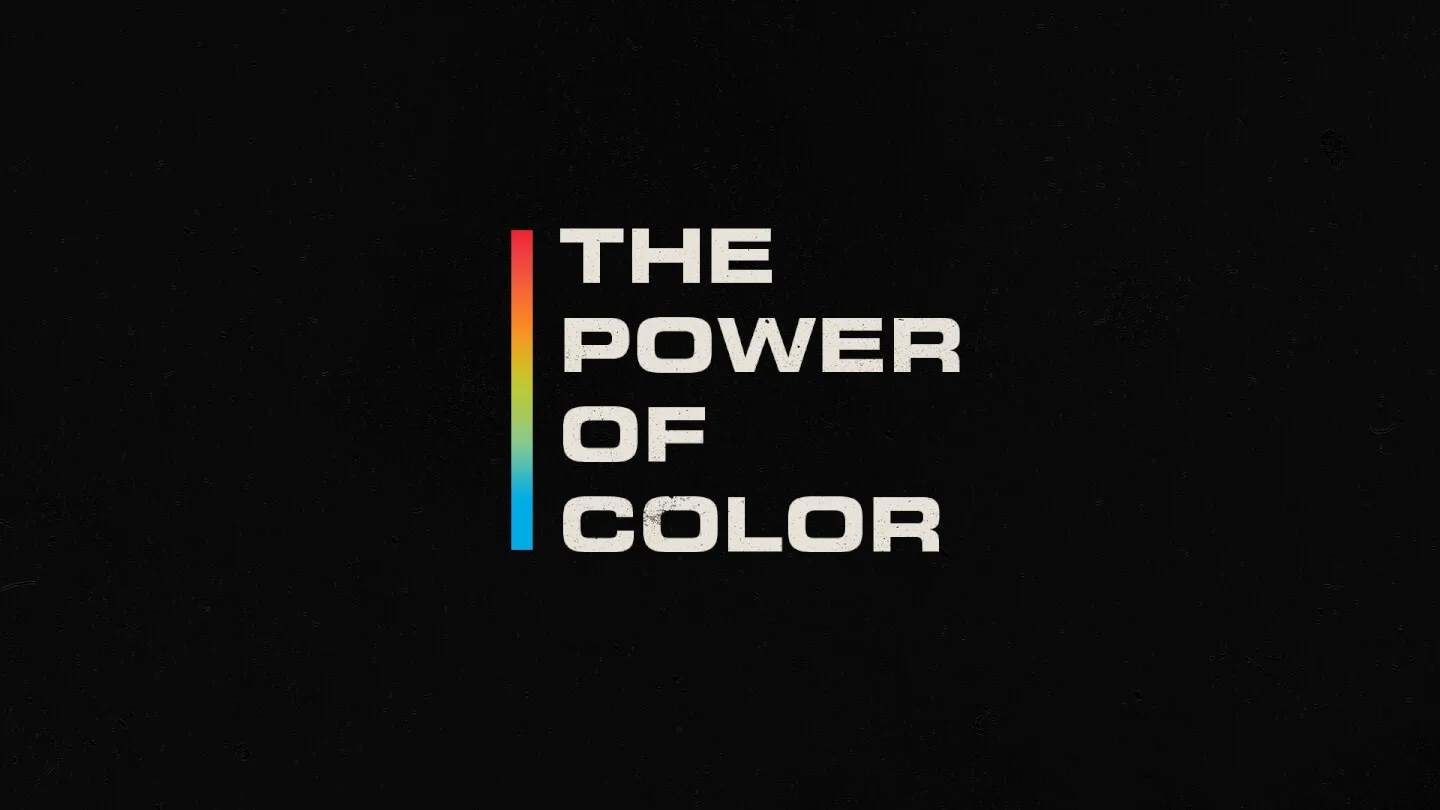The Power of Color
What brands come to mind?
- A red and blue can
- Yellow arches
- A multi-colored search engine
- A container of orange detergent
Color is far more than a simple aesthetic choice to showcase your identity. An effective and comprehensive strategy must be considered when deciding on your color palette. Color is the first perception customers will have of your brand, which carry along a variety of emotional responses that will tell them how to feel.
In modern-day application, the top brands and products are prime examples of how to use color to get the consumer into feeling a certain way.
The color of your brand is essential. For example - Imagine if Facebook used red instead of blue? Or if Pepsi decided to change their cans to all yellow?
It would change the way you feel drastically as you scroll through your phone or deciding on a drink at the vending machine.
Visual perception is one of the first senses telling us how to feel about our environment. Our brains are created to respond to color and most of this happens instantly without our consciousness being aware. This response triggers a set of emotions and associations with that color.
How do colors make you feel?
Red - Aggressive, Passionate, Strong
Orange - Playful, Energetic, Trendy
Yellow - Happy, Friendly, Positive
Green - Natural, Prosperous, Growing
Blue - Serene, Trustworthy, Inviting
Purple - Luxurious, Mysterious, Sensitive
Pink - Feminine, Innocent, Loving
Brown - Earthy, Sturdy, Rustic
Black - Powerful, Sophisticated, Edgy
White - Clean, Healthy, Minimal
Grey - Neutral, Formal, Practical
When deciding on a color palette, it's important to convey a simple, meaningful idea and give it purpose. It determines what mood you want viewers to have when they engage with your brand. What color best positions you to have a one-up on your competition?
Selecting a color can be difficult and there are several components to keep in mind in the process that can help you narrow down a direction.
Two important aspects to consider:
1. Target Audience
Who will be engaging with your brand? Your colors should be integrated across your all platforms, including your website, logo, product(s), and any other materials that would reach the viewer.
Stronger branding increases the impact of seeing the right use of colors making an impact on your business and creating an intentional response from your audience.
2. Work Culture
What better way to showcase and provide an instant feeling about your culture than color?
As employers seek to express their unique vibe, workplace design and color are becoming increasingly important ways of communicating culture – which can be key in attracting talent and building a meaningful environment for current employees to align with.
Casper Mattress
Casper Mattress did a great job at creating a brand that showcases a nighttime feeling yet maintaining an energetic vibe.
Slack Technologies
Slack is a prime example of using more than 2 colors to create brand recognition. Slack uses different colors to tie into the different avenues of communication that’s possible with their application.
Tips to help you choose a color palette:
- Think about your industry and what colors best convey what you do. While there are no rules necessarily, think about how certain colors relate to certain industries. Red, black and higher contrast tones work great with surgical practices. Orthodontics may want to go with cool colors such as blues, greens and purples to communicate a sleek, energetic yet calming feeling. Whereas, pastels and bright colors like yellow, orange, and light blue might be a better pick for Pediatricians.
- If you decide on a palette to use, think about what shades you'd like to go with. For example; Is a darker blue a better fit than a bright energetic blue? Shade can change the feeling drastically.
- Creating contrast is important as well, and limiting your palette to 2-3 colors is recommended to avoid brand confusion.
- If you decide on a palette to use, think about what shades you'd like to go with. For example; Is a darker blue a better fit than a bright energetic blue?
When used properly, color can help you guide the story of your brand without the need to say a word.

.jpg)
.jpg)

